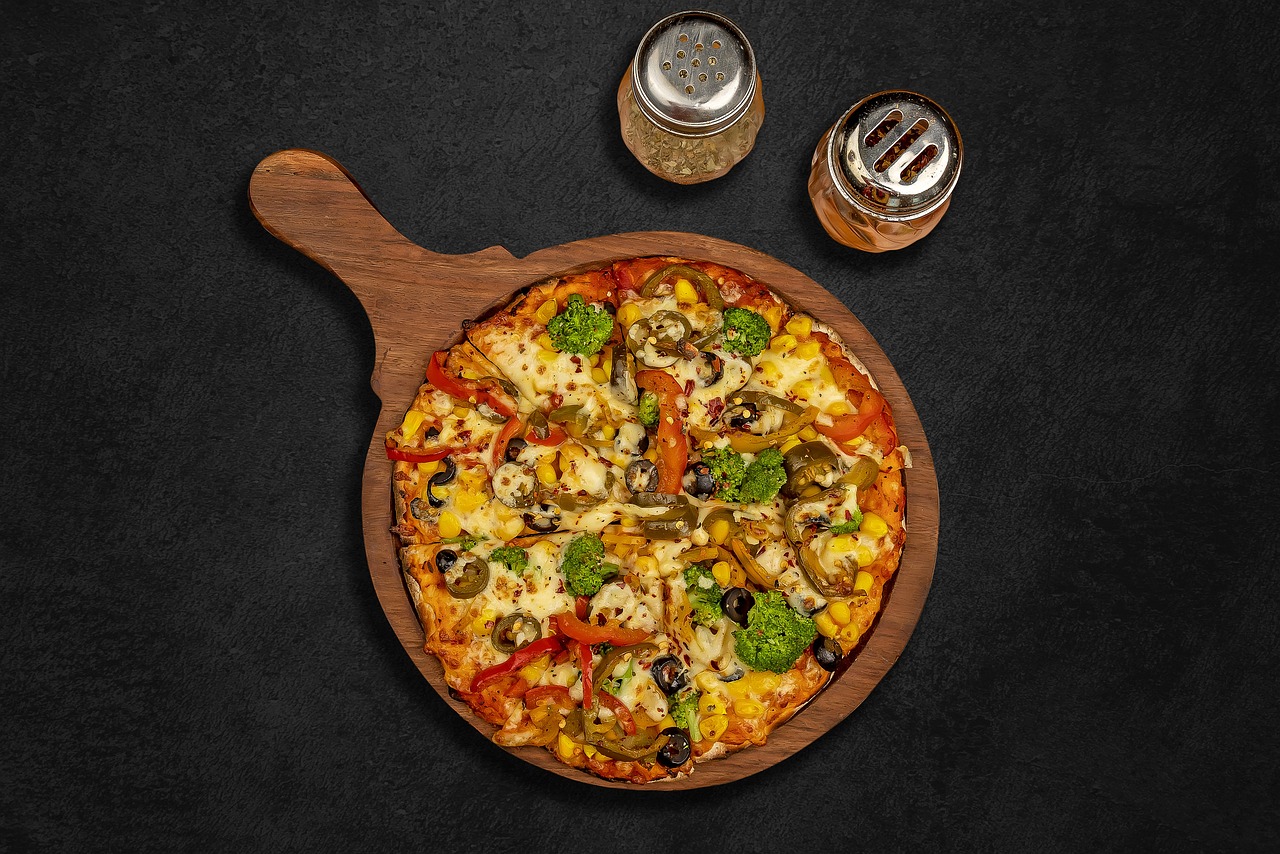How COVID-19 Has Changed the Food Industry
With the rise of food delivery services, there has been a noticeable shift in people’s dining habits. The convenience of having food delivered to their doorstep has led individuals to opt for ordering in rather than dining out. This shift has not only affected the restaurant industry but has also influenced the way people socialize and entertain in their homes.
Furthermore, the availability of online food delivery options has allowed consumers to explore a wider range of cuisines from the comfort of their own homes. This has led to an increase in the popularity of international dishes and exotic flavors that may not have been as accessible before. As a result, people are now more willing to try new and diverse foods, broadening their culinary experiences.
Shift towards Online Food Delivery
With the rapid advancement of technology and the growing convenience-seeking lifestyle, the food industry has witnessed a substantial shift towards online food delivery services. The ease of ordering food from the comfort of one’s own home has revolutionized the way people dine, offering a plethora of options at their fingertips. This trend has not only changed the way individuals consume food but has also significantly impacted the restaurant business, pushing many establishments to adapt to the digital age to stay competitive in the market.
Furthermore, the COVID-19 pandemic has accelerated the adoption of online food delivery services, as restrictions on dining out forced people to explore alternative ways to enjoy their favorite meals. Many restaurants that previously relied solely on in-person dining had to quickly pivot towards offering delivery and takeout options to survive during these challenging times. As a result, online food delivery platforms have become indispensable tools for both consumers looking for convenience and restaurants aiming to reach a broader customer base.
How has the shift towards online food delivery impacted dining habits?
The shift towards online food delivery has made it more convenient for people to order food from the comfort of their homes, leading to a decrease in dine-in visits to restaurants.
What are some benefits of online food delivery services?
Some benefits of online food delivery services include the convenience of ordering food from a variety of restaurants, the ability to track orders in real-time, and the option for contactless delivery.
How has the food industry adapted to the increasing demand for online food delivery?
The food industry has adapted to the increasing demand for online food delivery by partnering with third-party delivery services, implementing online ordering systems, and offering promotions and discounts for online orders.
Are there any downsides to the shift towards online food delivery?
Some downsides to the shift towards online food delivery include potential delays in food delivery, the reliance on third-party delivery services, and concerns about the environmental impact of packaging waste.
What can consumers do to support local restaurants during the shift towards online food delivery?
Consumers can support local restaurants during the shift towards online food delivery by ordering directly from the restaurant whenever possible, leaving positive reviews, and spreading the word about their favorite local eateries.





